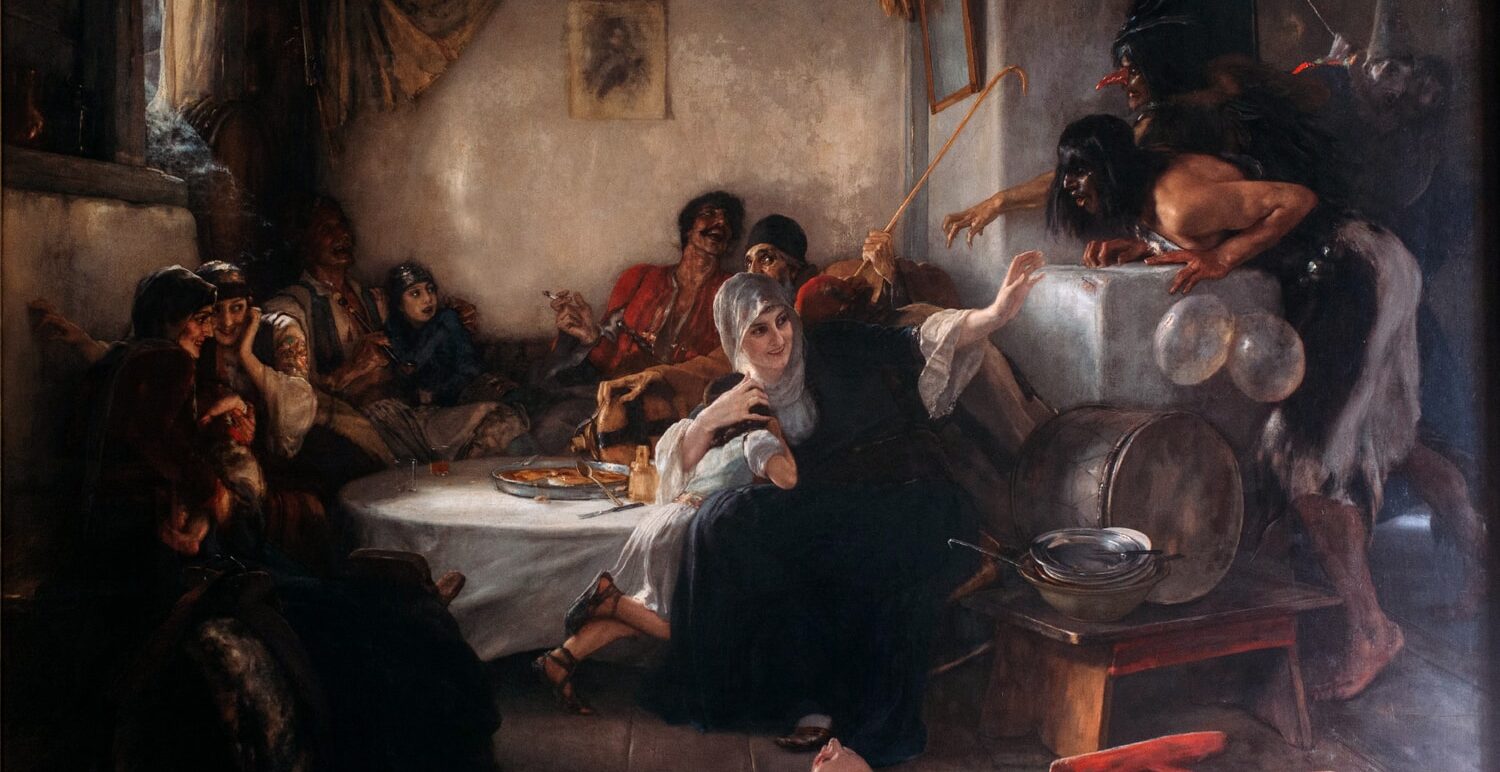
The Carnival (Apokries in Greek) is not only about the primitive and the dionysian element of the countryside. Besides the custom of the “bell-bearers“(koudounatoi), the “old men“(geroi), the “janissaries“ and the “boules“ (brides), there are more “urban“ events associated with it. When we say “urban“, we do not refer that much to these celebrations that take place in large cities, but especially to these which have a more contemporary (less traditional) nature; that are more “Western-like”.
Of course, as interesting as some Carnival events are in the major Greek cities, they cannot be classified as urban. Especially the ones that take place in cities, located in areas with a more rural character. The cities of Thebes or Ioannina are some typical examples. In the first case, we have the “Vlach’s wedding”, ending each Ash Monday, along with the engagement of the couple, the tradition of dowry, the shaving of the groom and the wedding decorations of the bride. It is a tradition that has its roots in the early 19th century, when after the release of the highland areas, the Vlachs, deserted their barren earth to find fertile ground souther. In Ioannina, we also have the “Jamal” custom, huge bonfires around of which the inhabitants of the town get intoxicated with alcohol, dance, eat cake, and bean soup. It is an old tradition that survives in an environment that is today, urban. The very etymology of the word itself (probably from the Thracian carnival custom of the jamal – camel) points to other Carnival customs of the rest of the country, that are held in cities which are today urban centers, in most of which though, customs of the Carnival with a more folk character survive. In Lamia for example, one can see the ritual of the beheading of the “mischievous“ camel by the camel driver.
On the other hand, there are various traditional customs of the Carnival which with time were passed on to the “urban“ Carnival habits as well. A classic example of this, is the Maypole. It continued as a traditional custom in many rural areas and villages (as in Kallipefki of Thessaly), and then was passed on to various semi-urban or urban centres (Livadeia, Kalamata, Rhodes). It became very popular though, in predominantly urban areas of the 20th century, like Athens. This stunning cover of the magazine “Eikones“, presents us a snapshot of the time, when Athens was on the verge of urbanization: maypole in Plaka, 1957.
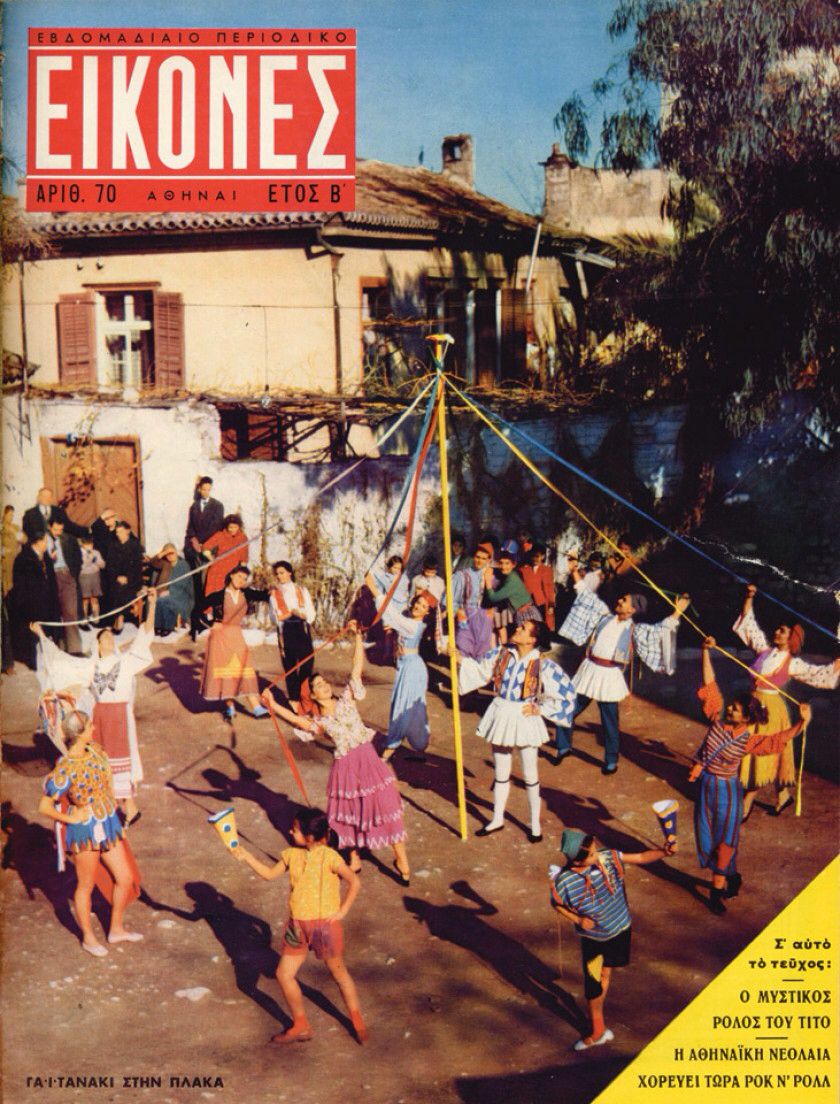
περ. Εικόνες, 1957 / Eikones magazine, 1957
So in a slow pace, many urban areas incorporated traditional elements in their Carnival celebrations. An example in this respect, is Xanthi, which combines the old with the contemporary. In this city we can see the survival of the old custom of ‘burning of the Tzar,’ and up to the 1950’s, the Carnival festivities had solely a traditional character. Today, Xanthi’s Carnival has a more contemporary caracter and is organized by 34 autonomous associations.
There are of course other areas that have celebrated the Carnival in a primarily urban way, over the decades. Classical urban Carnivals came to the Greek territory in the late 19thth century, with clear influences from their Western equivalents: streamers, clowns, Western dances and processions with floats, composed their backdrop. Such Carnivals are held now in several cities of Greece.

Το κάψιμο του τζαρου – The burning of Tzaros (xanthidaily.gr)
Naturally, due to their historical roots, areas such as the Ionian Islands, adopted these types of Carnival celebrations, faster than other parts of Greece. Here, these things started very early with the so-called “Speeches”. These were short folk theatrical performances, held during the Carnival. They started before the 18th century and were influenced by the Venetian Carnival. They were based on written texts and adaptations of popular readings, which also included works of the Cretan
Theatre. With the evolution of time, the Carnival events in the Ionian Islands acquired their very own characteristics. In Zakynthos (Zante), a crier goes around the island and proclaims the Carnival’s program. Throughout the Carnival, dances, parades and other events, are organised. The program ends with the “Funeral of the Mask“. This is a funeral parody in which the Carnival King, takes the place of the deceased, followed by grieving relatives. In contemporary Kerkyra(Corfu), even from the years of the Venetian Occupation, there was a great Carnival tradition. A Venetian officer assumed the responsibility of entertainment and brought ballets and operas to the island, in order to organize the Carnival, leading to the end of his term. Here too, the crier passes by the city streets with trumpeters and drummers, in order to announce the arrival of the Carnival Sior (meaning “sir“ in the Ionian islands dialect). The great procession, along with floats, bands and costumed gatherings, is directed to the Kato Plateia (Lower square) for the feast, and on the last Sunday of the Carnival, the parade of the Sior Carnival ends, with the burning of his effigy.
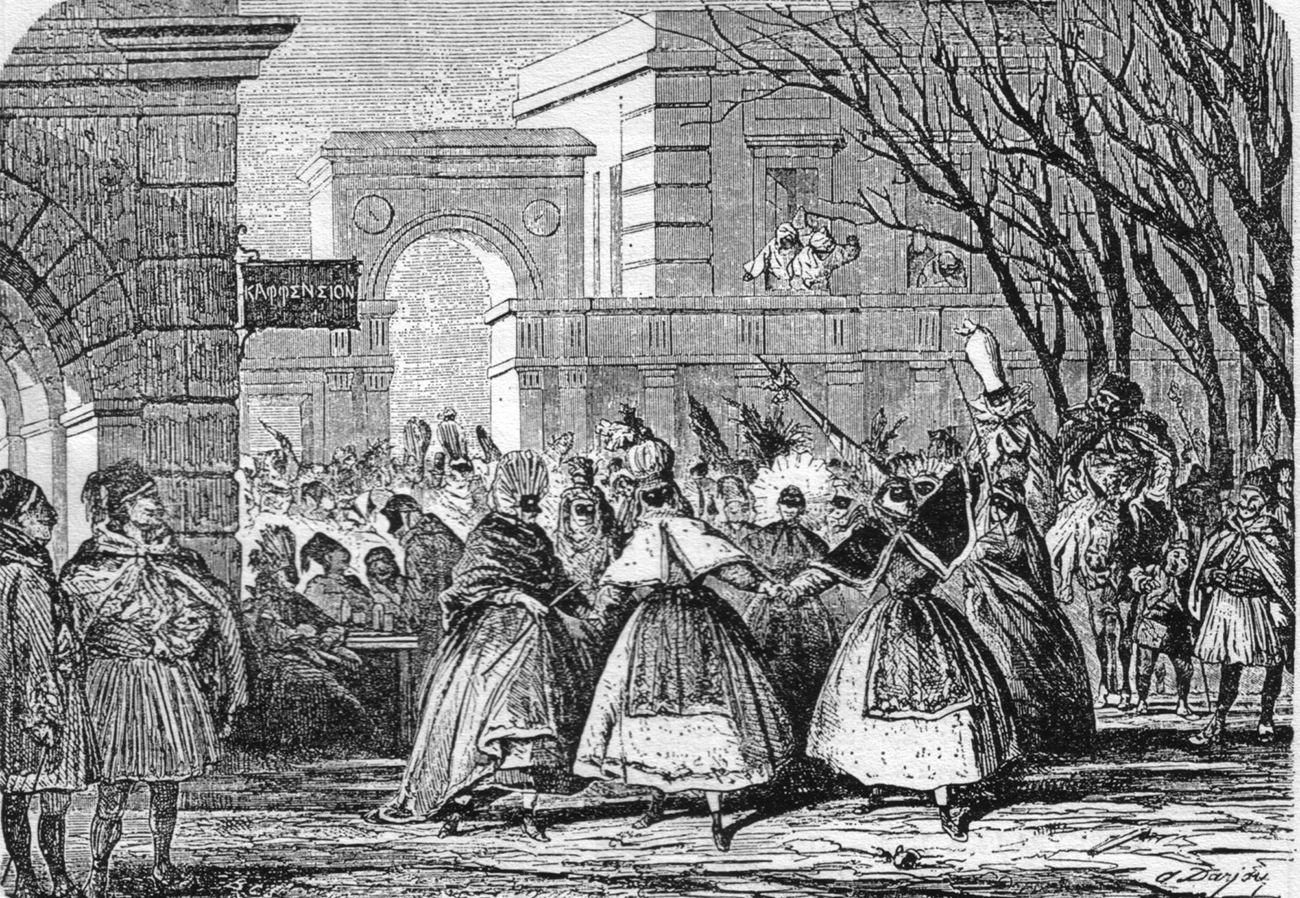
Καρναβάλι στην Κέρκυρα, 19ος αι. / Carnival in Corfu 19th. century
Perhaps, the proximity of the region to Italy, has contributed to the early adoption of Western-like carnival customs, in the Galaxidi area too. The urban character of the area and its nautical tradition, contributed to the adoption of Western habits. It is assumed for example, that the famous ‘Flour Battles’ were copied from folk festivals in Sicily. We know from the English traveler Dodwell, who visited Galaxidi in the days of the Carnival in 1801, that these Carnival celebrations already are more than two centuries old!
Ultimately, it may not be a coincidence that the Western carnivals were established in urban areas that were under the Venetian Occupation. Even if they started much later than that, as in the case of Rethymno, it appears that the roots of the Venetian conquest remained profound. In Rethymno specifically, the Carnival dates from 1914, and includes troubadours with guitars, mandolins, old melodies, maskers who pass through the city streets in the rhythms of the Philharmonic, and the Carnival festivities culminate, with a large parade on the quay.
In time, of course, other towns as well, wanted to participate in the magic of the modern Carnival. The “Carnivals of Women“ in Epirus, demonstrate a particular interest. They started in the 1960s in Preveza, another area situated opposite the Italian Coast. The distinctive quality of this carnival is obvious from its name: it is a women’s carnival! In the recent years, the Women’s Carnival of Preveza, has each time over 20 crews with 1,000 Carnival Participators. The Women’s Carnival in Arta, followed the example of the city nearby. It began spontaneously in March 1982, without having been organized by a club or an organization.

Το καρναβάλι στην παλιά Αθήνα – The Carnival in old Athens
When talking of course about “Urban Carnival” we cannot omit from our talk, the most urbanized region of the country in modern history. Attica, celebrates the Carnival in its own way. The Carnival of Moschato, dates only from 1987, but has managed to become very popular, and hosts not only Carnival representatives from other parts of Greece, but also from the rest of the world! Of course, the traditional centre of Athens’s Carnival celebrations, is Plaka. Who has not been there during the celebrations of the Carnival, found in the crowd and hasn’t got a ‘traditional’ bat on the head? The old Athenian neighborhood is each time at the centre of the celebrations.
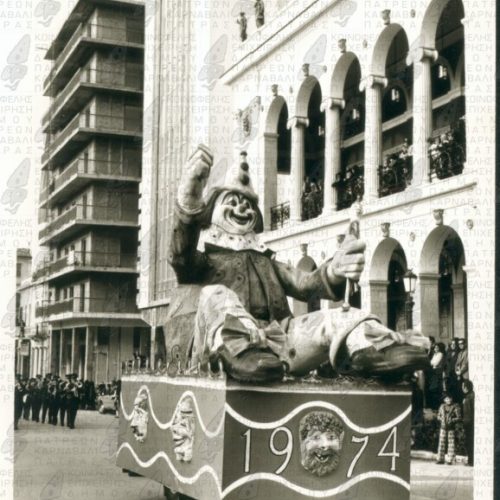
Αρμα πιερότος – Προπομπός 1974 Πατρινό Καρναβάλι – Chariot Pierot – Forerunner 1974 (archives.carnivalpatras.gr)
But we have to face it. When we speak of “Urban Carnival”, we know for sure that the Carnival King resides in a city, again facing the Italian Coasts. For the biggest spree, we vote “Carnival of Patras forever”. It is one of the oldest “Urban Carnivals”, counting 180 years of history. It is said to have started from a Carnival dance held in 1829, in the House of the trader Morettis. The influence of the French troops stationed in the city after the liberation, and of course its geographical position, close to Italy with the great carnival tradition, lent since the beginning to the Carnival of Patras, a more Western-like character in relation to all the rest.
By Giannis Loukas
Painting at the top of the article: Νικόλαος Γύζης, Καρναβάλι στην Αθήνα – Nikolaos Gyzis, Carnival in Athens

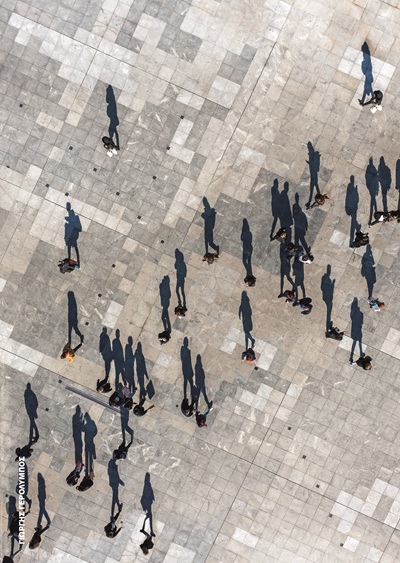

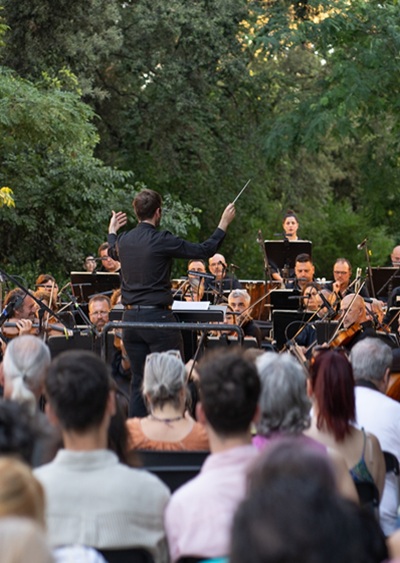
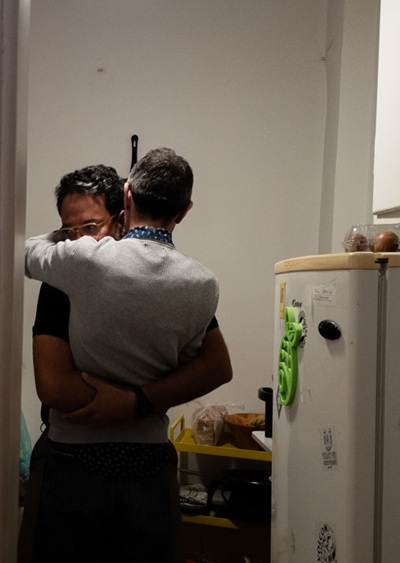


Leave A Comment